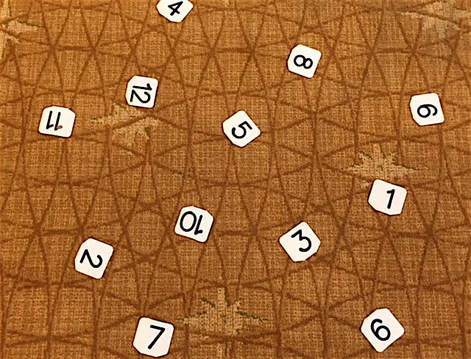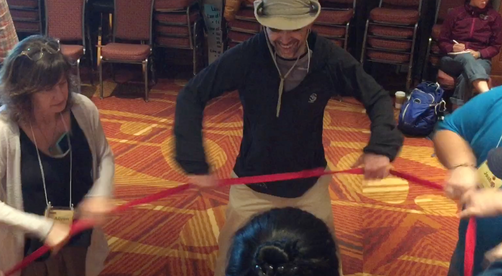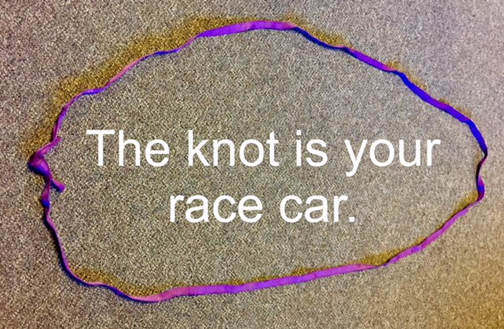The following task involves touching all 12 numbers once, and only once. If you choose to complete the task you are required to touch the numbers in some sort of logical way - you must be able to prove you touched all 12 numbers once, and only once. After you've touched all the numbers, once, and only once, please sit back down in your chair. The task will start when I say, 'GO', and end when I say, 'The task is over.' I will call the task over when I see that everyone is sitting in their seats. Are there any questions?
- Why did you choose to touch the numbers?
- Why did you choose not to touch the numbers?
- In what "way" did you touch the numbers, once and only once? (There were some really creative ways people moved through the numbers!)
- What were the things you had to consider when you were touching the numbers?
- What were you thinking about while you watched others touch the numbers?
- What "challenges" did you encounter during the task?
- Did you challenge yourself in any way during the task?
- Did you interact with anyone during the task? In what way(s)?
- What made this a "group" task? (I thought this was an insightful processing question - from one of the participants.)
- If this task was too easy, how could it be more of a challenge (or more fun)?
- What was the "point" of this task?
I'm thinking Your Numbers Up might be a nice activity during the beginning of a program in order to model some of the dynamics of team building activities. Especially the expectation of, activity followed be some discussion about possible learnings.
All the best,
Chris Cavert, Ed.D.









 RSS Feed
RSS Feed